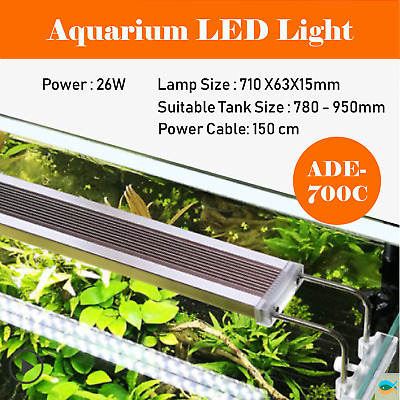So I have three tanks: 50l softy (cheap amazon reef light), 100l macroalgae and a 340l mixed reef (2x zetlight ufo's).
For the macro algae tank I've been using a cheap 7000k LED unit that I previously had on a planted tank:

When I measure PAR and PUR with my seneye (I understand that the PUR reading is not super accurate on these units) I get the following readings at the centre mid point of each tank:
50l - PAR 170, PUR 81%
340l - PAR 190, PUR 83%
100l - PAR 280, PUR 63%
My first question: is it as simple as PAR x PUR% = usable available photosynthetic radiation?
e.g. for the 100l - 280 par x 63% = 176.4
Second question is linked to my surprise that such a cheap LED could put out so much PAR. So it's clearly powerful enough but I can see that on the PUR graph it has no ultra violet output. Basically just hitting the blues, greens and reds. The LED spread is mostly white LEDs with a few blue LEDS here and there. Given the low PUR % and absence of the violet spectrum, would this light be sufficient for BTA and rock nems?
For the macro algae tank I've been using a cheap 7000k LED unit that I previously had on a planted tank:

Sunsun 78cm-95cm Length Adjustable Aquarium LED Light Fish Tank&Plant Lamp | eBay
Bulb color temperature 7500K, nature and comfortable, suitable for both plant and fresh water tank. Plant Lamp -. Stainless brackets length adjustable to fit your tank perfectly. Tank length: 780mm-950m.
www.ebay.com.au
When I measure PAR and PUR with my seneye (I understand that the PUR reading is not super accurate on these units) I get the following readings at the centre mid point of each tank:
50l - PAR 170, PUR 81%
340l - PAR 190, PUR 83%
100l - PAR 280, PUR 63%
My first question: is it as simple as PAR x PUR% = usable available photosynthetic radiation?
e.g. for the 100l - 280 par x 63% = 176.4
Second question is linked to my surprise that such a cheap LED could put out so much PAR. So it's clearly powerful enough but I can see that on the PUR graph it has no ultra violet output. Basically just hitting the blues, greens and reds. The LED spread is mostly white LEDs with a few blue LEDS here and there. Given the low PUR % and absence of the violet spectrum, would this light be sufficient for BTA and rock nems?














